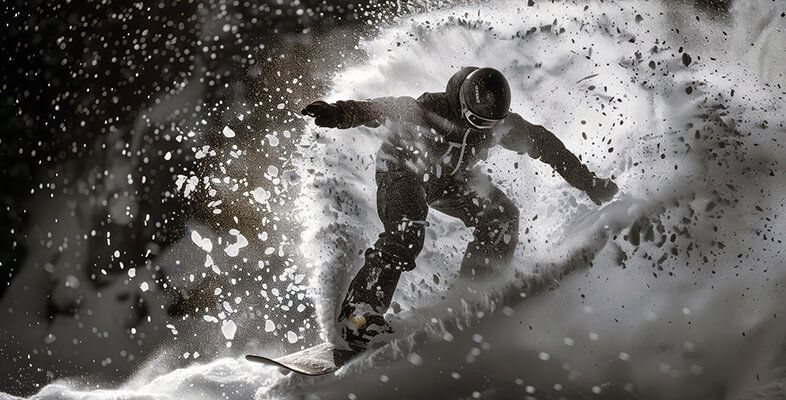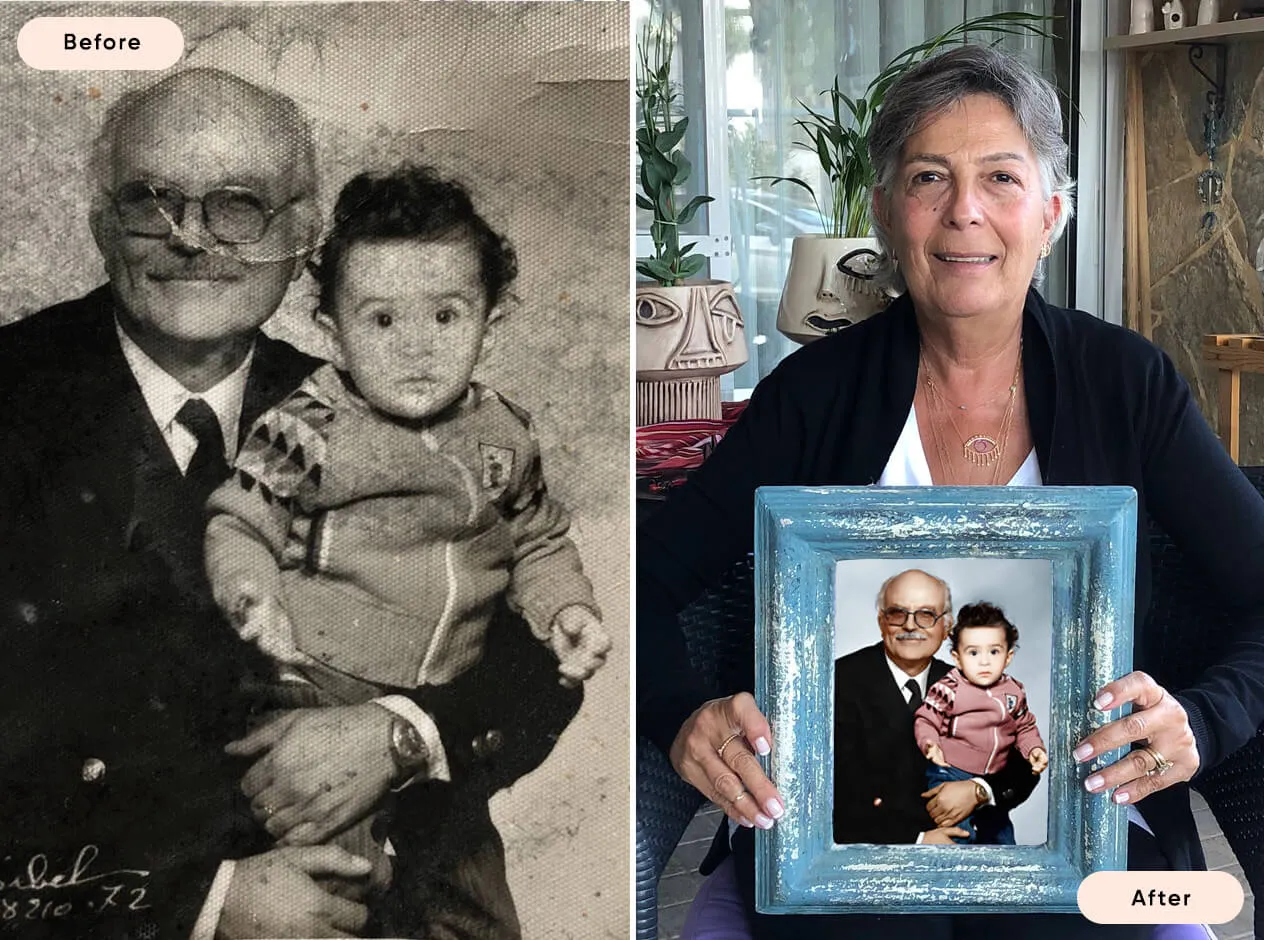High-Speed Photography
High-speed photography is a fascinating technique that captures fleeting moments with incredible detail and clarity. By using fast shutter speeds, this method can freeze motion, revealing details invisible to the naked eye. In this article, we’ll explore what high-speed photography is, its useful applications, the essential gear needed, and a step-by-step guide to capturing high-speed photos.
What is High-Speed Photography?
High-speed photography involves capturing images of fast-moving subjects using extremely short exposure times, typically less than 1/1000th of a second. This technique freezes motion, allowing photographers to capture split-second actions, such as a bursting water balloon, a hummingbird in flight, or a bullet in mid-air. High-speed photography requires precise timing and specialized equipment to achieve the desired results.
When is the High-Speed Technique Useful?
High-speed photography is useful in various scenarios, particularly when capturing fast-moving subjects and events:
Sports Photography: Freezing the action in sports, such as a basketball player dunking, a soccer player kicking, or a runner crossing the finish line, creates dynamic and impactful images.
Nature and Wildlife: Capturing animals in motion, like birds in flight, insects in mid-air, or the splash of a fish jumping out of water, reveals the beauty and intricacy of nature.
Science and Education: High-speed photography is valuable in scientific research and education, allowing the detailed study of phenomena like fluid dynamics, chemical reactions, and mechanical processes.
Artistic Expression: Artists use high-speed photography to create visually striking images that capture moments of transformation and movement, such as paint splashes, breaking glass, or exploding objects.
Essential Gear for High-Speed Photography
To capture high-speed images effectively, you need the right equipment:
Camera with Fast Shutter Speed: A DSLR or mirrorless camera capable of fast shutter speeds (1/1000th of a second or faster) is essential. High burst rates for continuous shooting are also beneficial.
High-Speed Flash: A high-speed flash or strobe light can freeze motion by providing a short burst of light. It is crucial for indoor or low-light conditions.
Fast Lens: A lens with a wide aperture (f/2.8 or wider) allows more light to reach the sensor, enabling faster shutter speeds and better performance in low-light situations.
Tripod: A sturdy tripod stabilizes the camera, ensuring sharp images, especially when using longer focal lengths or heavy lenses.
Remote Trigger: A remote shutter release or intervalometer helps minimize camera shake and allows precise timing for capturing fast-moving subjects.
Background and Props: Simple, uncluttered backgrounds and appropriate props can enhance the composition and focus attention on the subject.

How to Capture High-Speed Photos: A Step-by-Step Approach
Follow these steps to capture stunning high-speed photos:
Plan Your Shot: Identify the subject and the action you want to capture. Consider the timing, lighting, and background to ensure a well-composed shot.
Set Up Your Gear: Position your camera on a tripod and attach a fast lens. Set up any additional equipment, such as flashes or strobes, and ensure they are synchronized with your camera.
Choose Manual Mode: Switch your camera to manual mode to have full control over the settings. Set a fast shutter speed (1/1000th of a second or faster) to freeze the motion.
Adjust Aperture and ISO: Select a wide aperture (low f-number) to allow more light into the camera. Adjust the ISO to achieve a proper exposure without introducing too much noise. Start with a low ISO (100-400) and increase it if necessary.
Use High-Speed Flash: If shooting in low light or indoors, use a high-speed flash to freeze the motion. Position the flash to illuminate the subject evenly without creating harsh shadows.
Focus Manually: Pre-focus on the area where the action will occur. Manual focus ensures that the camera does not hunt for focus during the shot, which could cause missed opportunities.
Capture the Moment: Use a remote trigger to take the shot at the precise moment. For unpredictable actions, use burst mode to capture a series of images, increasing the chances of getting the perfect shot.
Review and Adjust: Check your images on the camera’s LCD screen. If the exposure or focus is not perfect, make the necessary adjustments and try again.
Post-Processing: Edit your photos using software like Adobe Lightroom or Photoshop. Enhance exposure, contrast, and sharpness, and remove any distractions to make your images stand out.

Conclusion
High-speed photography is an exciting and challenging technique that allows you to capture moments that happen in the blink of an eye. With the right equipment and careful planning, you can create stunning images that showcase the beauty and complexity of motion. Whether you’re photographing sports, wildlife, scientific phenomena, or artistic creations, mastering high-speed photography will open up a new world of possibilities and elevate your photographic skills.

Or Get YourMoney Back
back your money in the rare case you are not satisfied with the quality of your
damage-free pictures. Only $38 for most image restorations regardless of damage

All rights reserved.